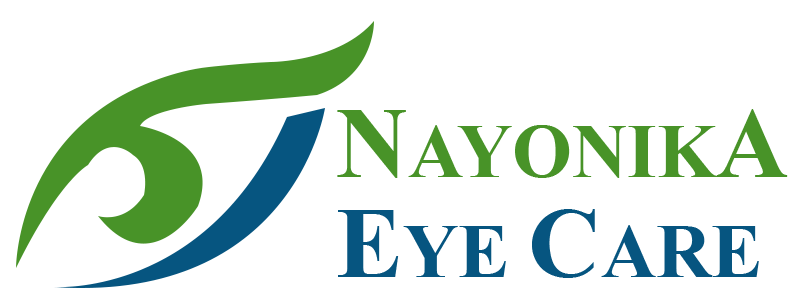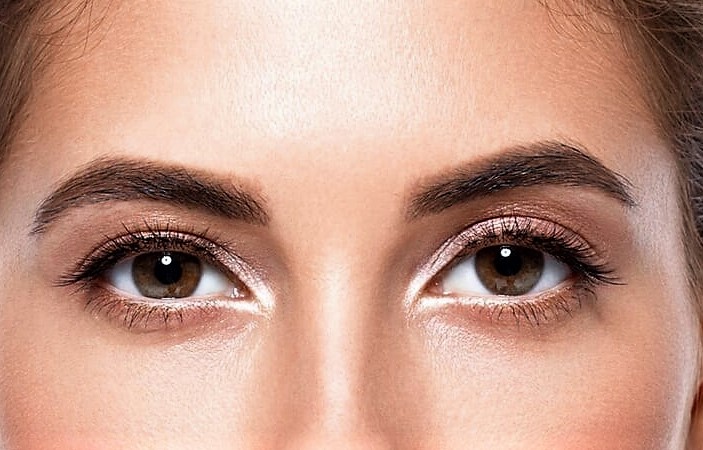This super specialty area of eye surgery consists of management of various abnormalities of eyelids, lacrimal (tear) system and the bony orbit (the bony cavity in which the eyeball remains). This is also called ophthalmic plastic surgery. Oculoplastic surgeons are the best doctors to manage various delicate structures around the eyes and face. Grossly these surgeries involve three distinct areas, namely eyelid, lacrimal system and orbit.
A. Eyelid abnormalities: Normally both upper and lower eyelids remain in contact with the globe, where the lower lid touches the lower end of cornea and upper lid covers 2mm of upper cornea in straight gaze. There are various abnormal positions of eyelids which can affect either the upper or lower lid.
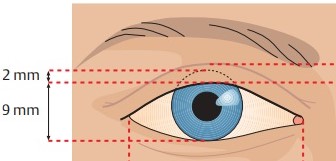
When the lid inturns and causes lashes to rub against the cornea, it is called Entropion.
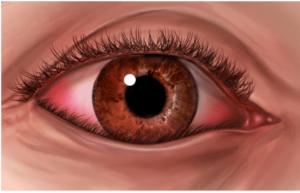
When the lid outturns and causes exposure of the eyeball, it is called Ectropion.
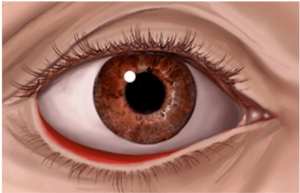
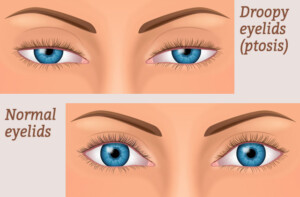
When the upper lid covers more than 2mm of upper cornea, it is called Ptosis or droopy eyelids.
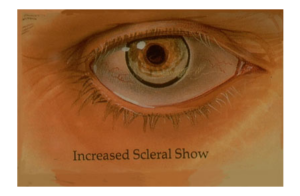
When the lid margin shifts distant from it’s normal position, it is called eyelid Retraction.
All these abnormal lid positions can be seen in children as well as in adults. Oculoplastic surgeons are trained specialists to treat these abnormalities of eyelids and establish the normal look.


Apart from these three gross areas, Oculoplasty also involves management of eyelid and facial trauma (injury), various eye cancers and facial aesthetics.
